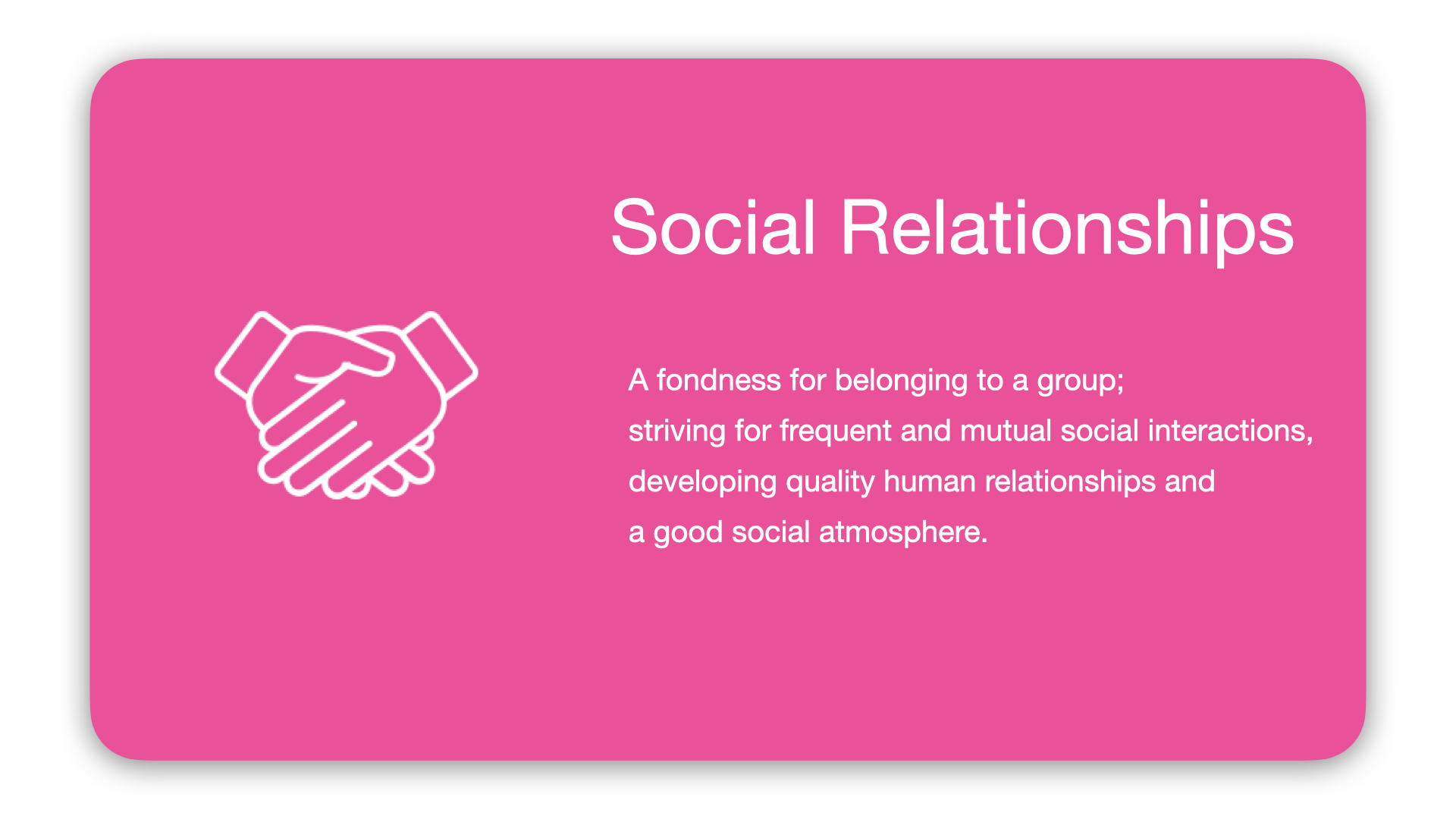Culture Add on the Millennium Falcon
Han Solo seemed pretty happy with the smuggler’s life. He had a cool spaceship. He had competition and financial needs to drive him. And he had a great furry friend who could rip the arms off anyone who caused a ruckus. Sure, he had some debt problems, but nothing he couldn’t outrun (or just find a faster route, if you want to be pedantic about it). He definitely seemed to enjoy his life. But was something missing?
Luke Skywalker certainly knew that something was missing. Stuck on Tatooine with his aunt and uncle, bored of the farmer’s life (farming moisture, interestingly) he dreamed of progress, breaking out of his dull existence and being a part of something bigger.
Clearly, these two were made for a galactic road trip, even if they didn’t see eye to eye at first. The balancing force (ugh, Star Wars pun) of Obi-Wan kept them both in line. But the tension between the two was very clear… they hadn’t yet found their cultural equilibrium. But they were just one daring prison rescue away.
It took Princess Leia to bridge the gap, first through her status in the rebellion, and later by adopting a certain cold rationality, even when her planet was destroyed by the Death Star. And then the team was formed, the vision was clear, and the real mission started.
In business, we talk a lot about building a culture or what it means to be a culture “fit”, but we rarely talk about culture add. Why? Well, sometimes we don’t know what we’re missing. There is a natural tendency to hire people who are a lot like you. It’s easier to motivate someone who thinks like you do because (hopefully) you know what gets you up in the morning.
But while it might be easier, it also leads to blind spots that can absolutely wreck a business or team. Let’s go through some of the most common issues I’ve seen or experienced.
Sales teams are often driven entirely by competition and financial needs. Certainly, you would expect these two intrinsic motivators to be the most common amongst sales people, but what are the risks of having a team entirely built around these? For one, they might lack the ability to innovate when things get tough. Without that influence within the team there will be missed opportunities.
On the other hand, you might have a marketing team that is all innovation but might lack the understanding of feedback given to them by sales or the need for practical lead generation. In particular, marketing needs to represent the overall vision of the business and brand while keeping one foot planted in the present to support revenue growth.
Rationality is something you’d definitely want your engineering team to have, but what about the ability to build social relationships? That’s often a stereotypical weakness of tech people, but if you want to build a successful product there has to be good synergy across business areas.
Chances are, there’s an area of your business that’s missing something. It could be obvious, but it could also fly under (behind?) the radar. Recognizing opportunities for culture add is just as important as culture fit since diversity should be a strength for any business.
Take some time to evaluate your current team and business culture to identify potential areas to improve, or get even more detailed with a tool like Attuned that can help you evaluate potential hires as well. Ultimately, you have to find the right balance for the team so that the real mission can start.
Download The State of Motivation Report 2025. It’s free!




